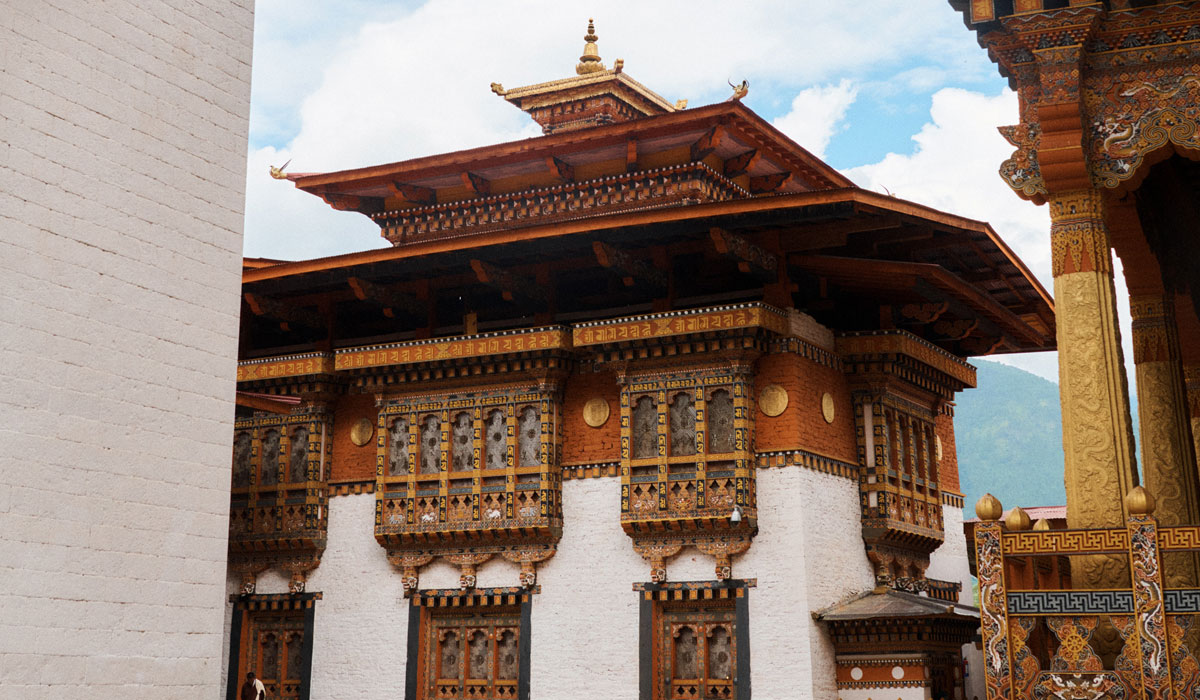
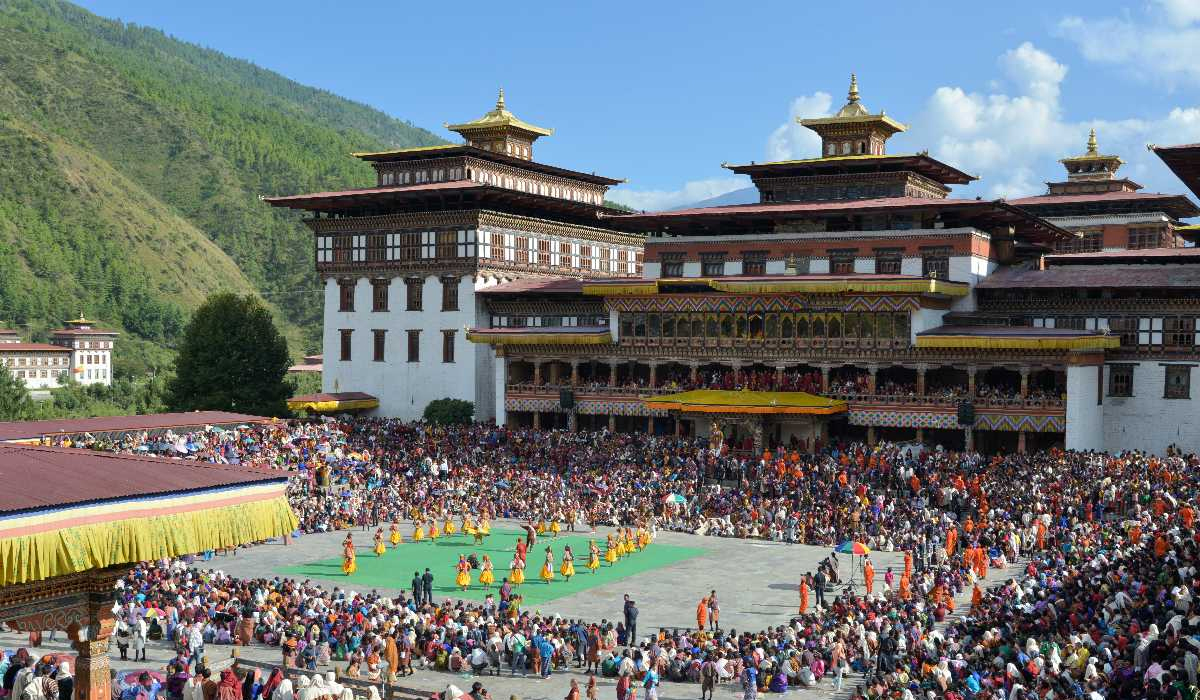
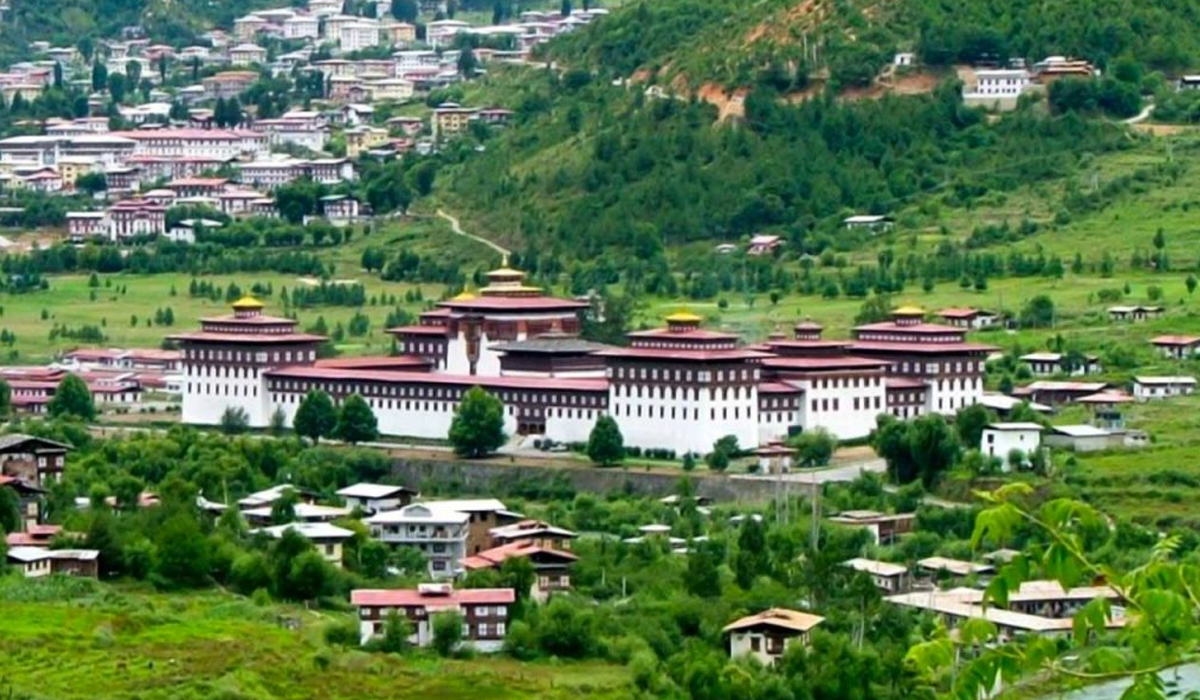
Tashichhodzong: The Fortress of the Glorious Religion
Tashichhodzong, located on the banks of the Wang Chhu River in Thimphu, is one of Bhutan’s most iconic landmarks. Also known as the “Fortress of the Glorious Religion,” it serves as the seat of the Bhutanese government and the summer residence of the Je Khenpo (Chief Abbot). This majestic structure is not just an administrative center but also a significant religious and cultural site in Bhutan.
Historical Background
Originally built in 1641 by Zhabdrung Ngawang Namgyal, the founder of Bhutan, Tashichhodzong has undergone several reconstructions. The fortress was expanded and renovated in the 1960s under the command of King Jigme Dorji Wangchuck to accommodate the growing governance needs of the country. Despite modern enhancements, the dzong retains its traditional Bhutanese architectural integrity.
Architectural Highlights
Tashichhodzong is a masterpiece of Bhutanese architecture, featuring:
- Whitewashed walls and golden roofs, symbolizing purity and enlightenment.
- Massive courtyard spaces used for royal and religious ceremonies.
- Intricate woodwork and frescoes, depicting Buddhist deities and historical events.
- No use of nails or blueprints, showcasing Bhutan’s indigenous construction techniques.
Spiritual Significance
As a religious center, Tashichhodzong houses the throne room of His Majesty the King, various government offices, and important monastic institutions. It is home to over 300 monks during the summer, while in winter, they relocate to Punakha Dzong. The fortress also contains several chapels dedicated to Buddhist deities, making it a sacred site for spiritual seekers.
Scenic Beauty and Accessibility
Situated against the backdrop of lush green hills, Tashichhodzong offers breathtaking views, especially during sunrise and sunset. The dzong is located just a short distance from Thimphu town, making it easily accessible for both locals and tourists.
Festivals and Rituals
One of the most significant events held at Tashichhodzong is the Thimphu Tshechu, a vibrant annual festival featuring:
- Masked dances (Cham performances), depicting Buddhist stories.
- Traditional music and cultural performances.
- Religious blessings and ceremonies attended by thousands of devotees.
Preservation and Community Role
Tashichhodzong plays a vital role in Bhutan’s cultural preservation. It stands as a symbol of Bhutanese sovereignty and Buddhist heritage, attracting both pilgrims and visitors interested in the nation’s history and traditions.
Thimphu - Places to visit
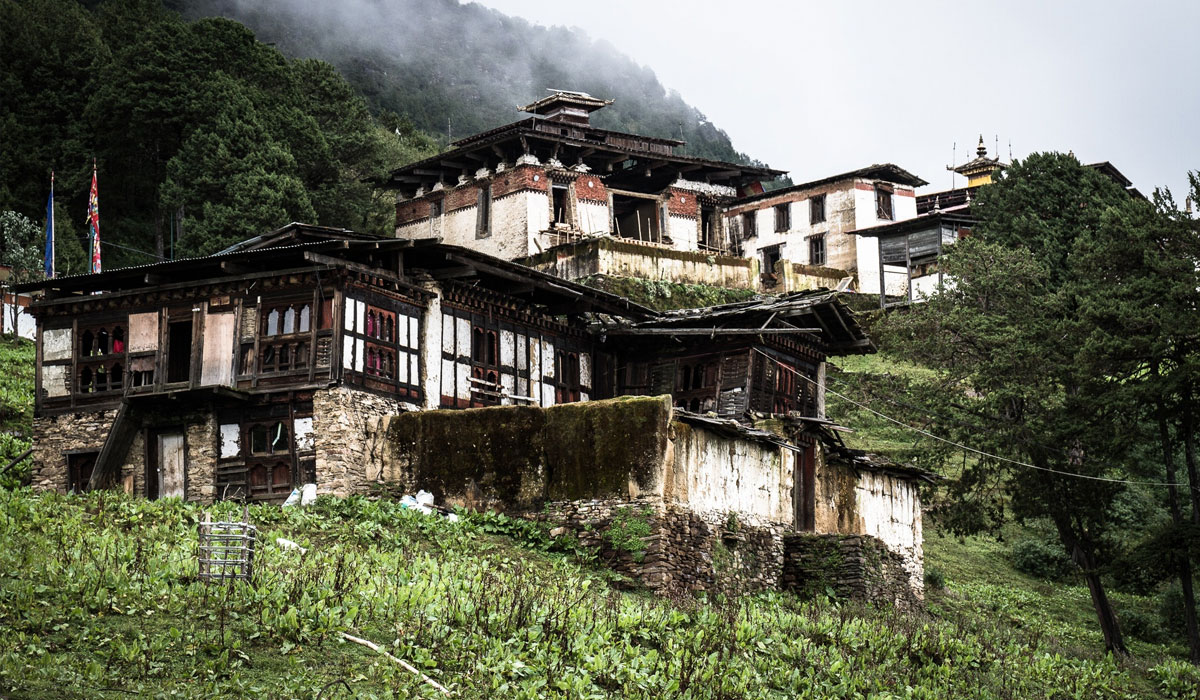
The Phajoding Monastery hike near Thimphu offers stunning views, serene trails, and a chance to explore Bhutan’s spiritual heritage.
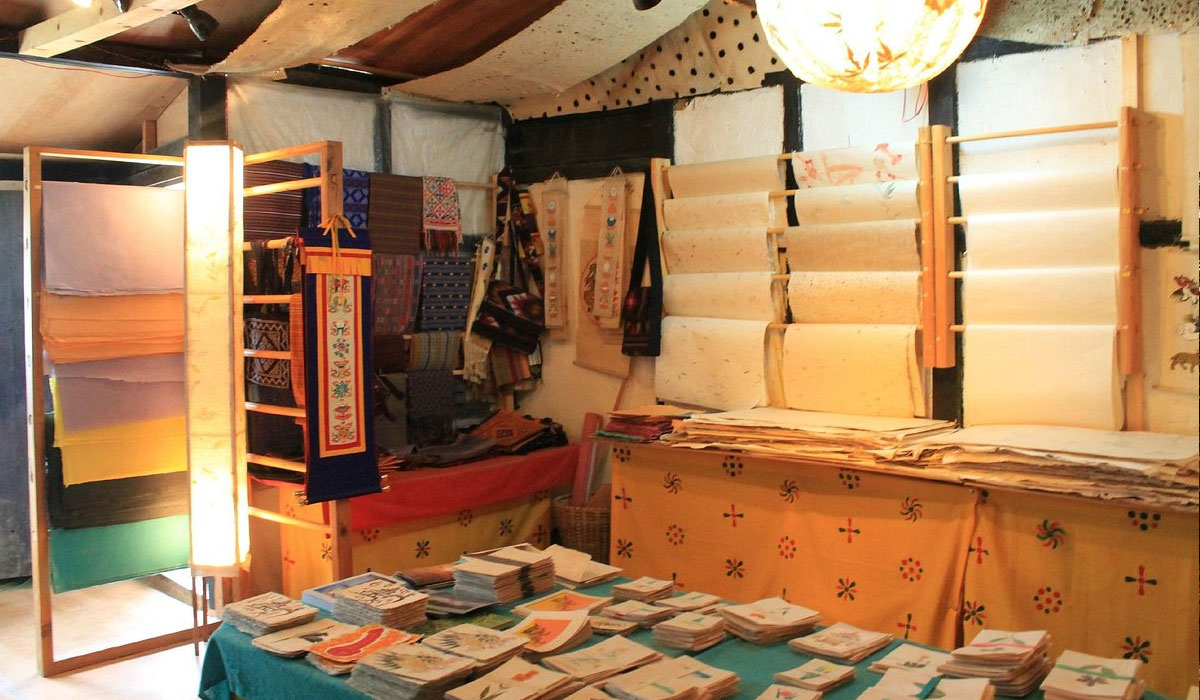
Jungshi Handmade Paper Factory in Thimphu showcases Bhutan’s traditional papermaking, offering visitors insights into crafting eco-friendly, artisanal paper products.
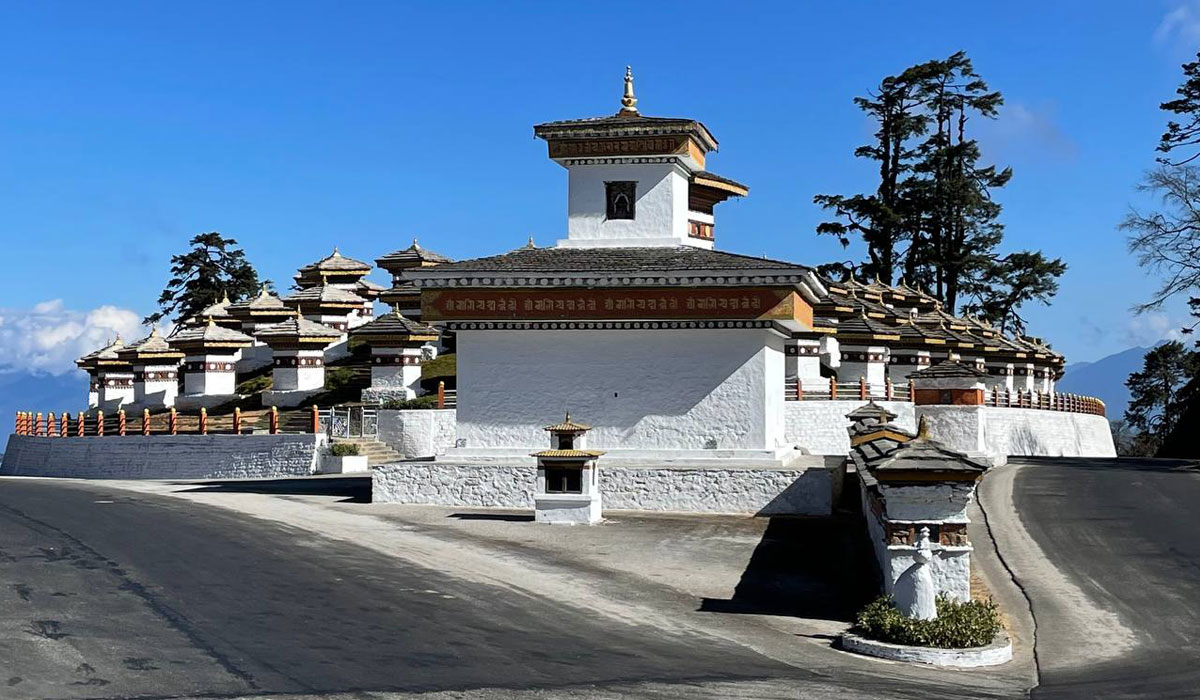
Dochula Pass, near Thimphu, offers breathtaking Himalayan views, 108 memorial chortens, and a serene atmosphere amidst misty mountain landscapes.
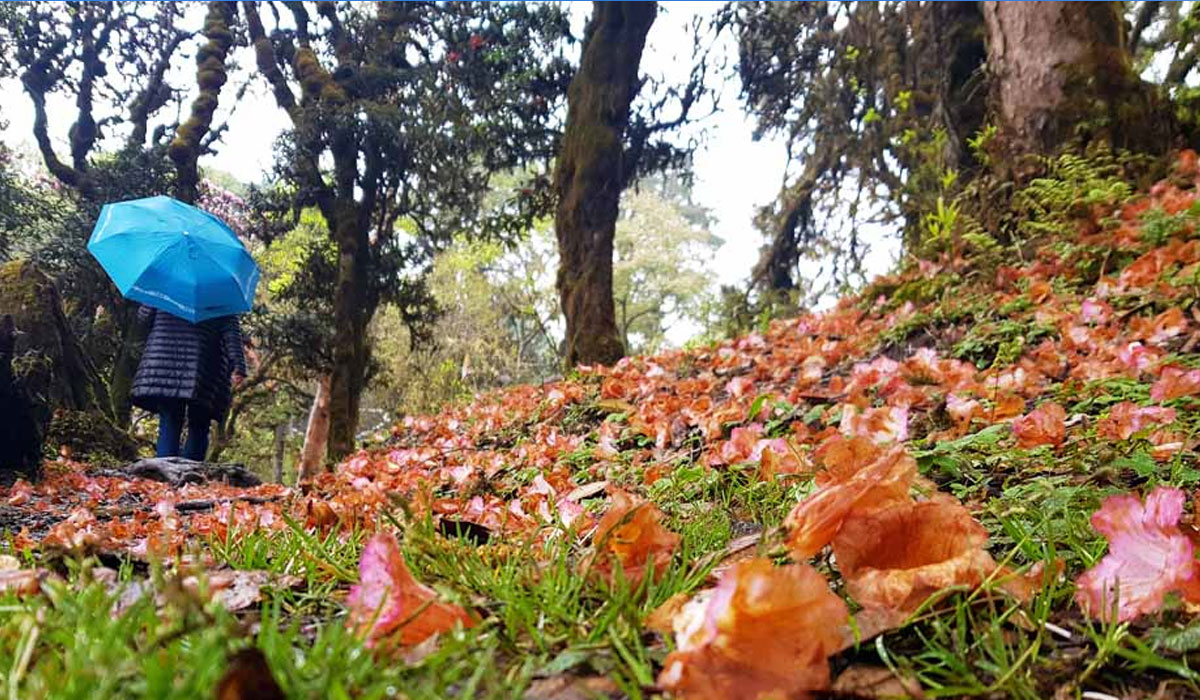
The Lungchutse Hike near Dochula Pass rewards adventurers with panoramic Himalayan views, lush forests, and a peaceful, spiritual atmosphere.
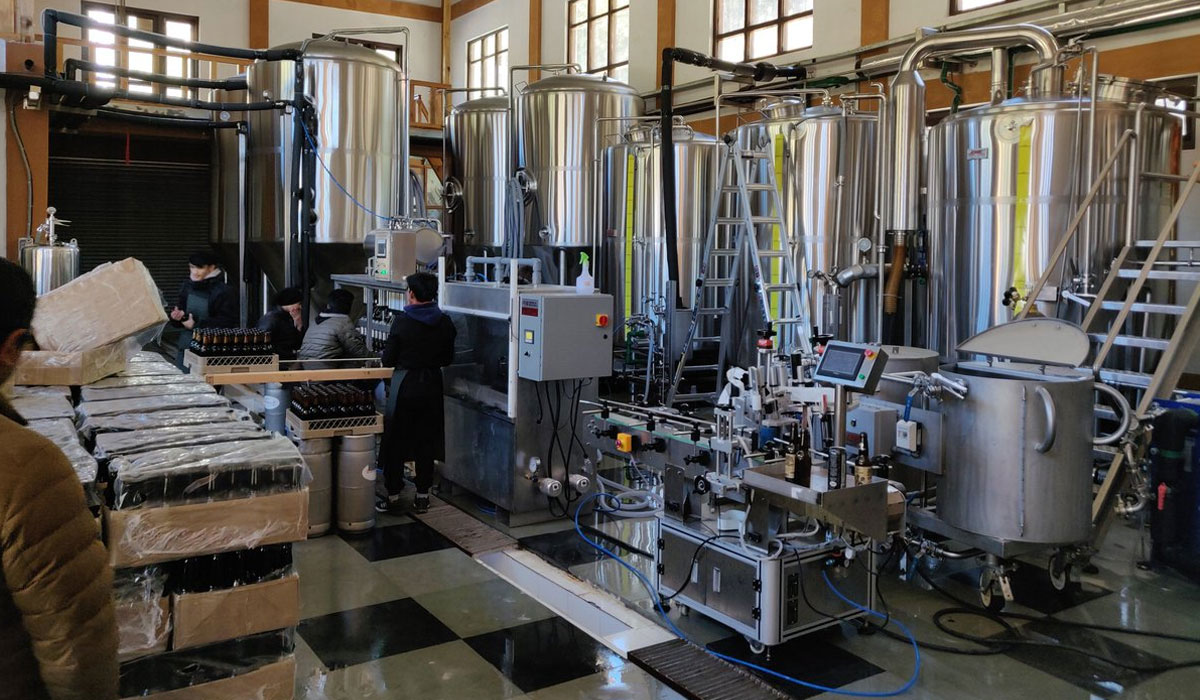
Serbhum Brewery in Thimphu crafts Bhutanese beer using local ingredients, offering visitors a unique taste of Bhutan’s brewing tradition.
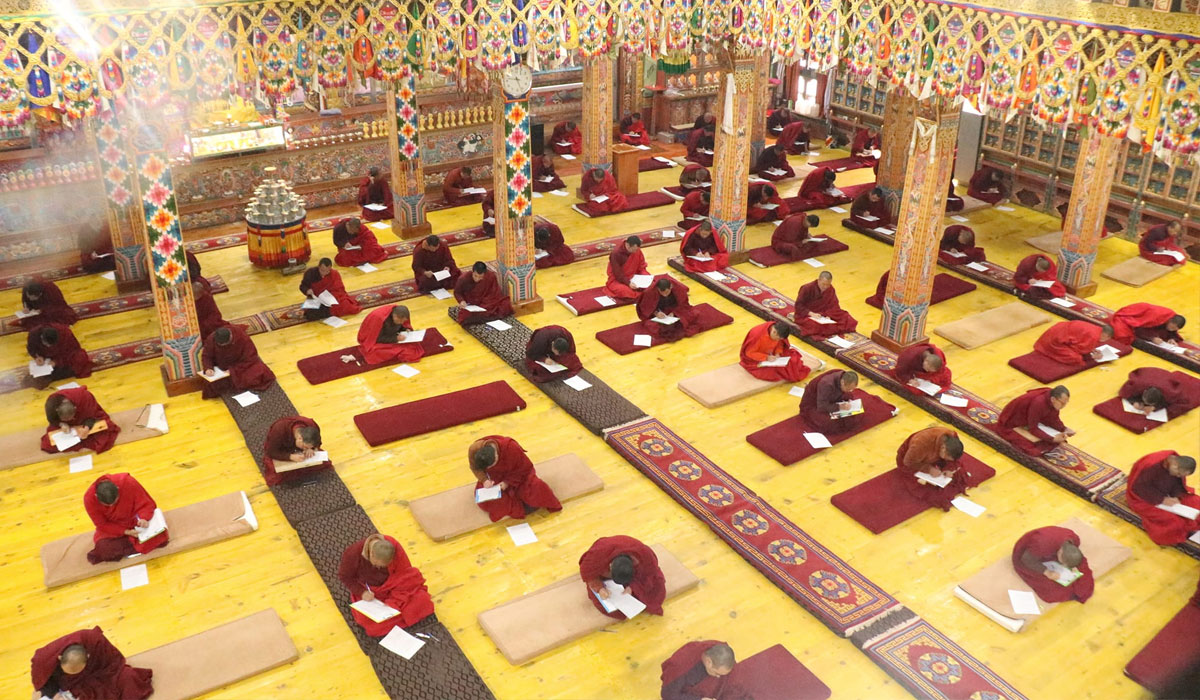
Tango Buddhist University near Thimphu is a serene spiritual center, fostering advanced Buddhist studies amidst stunning Himalayan landscapes and sacred tranquility.
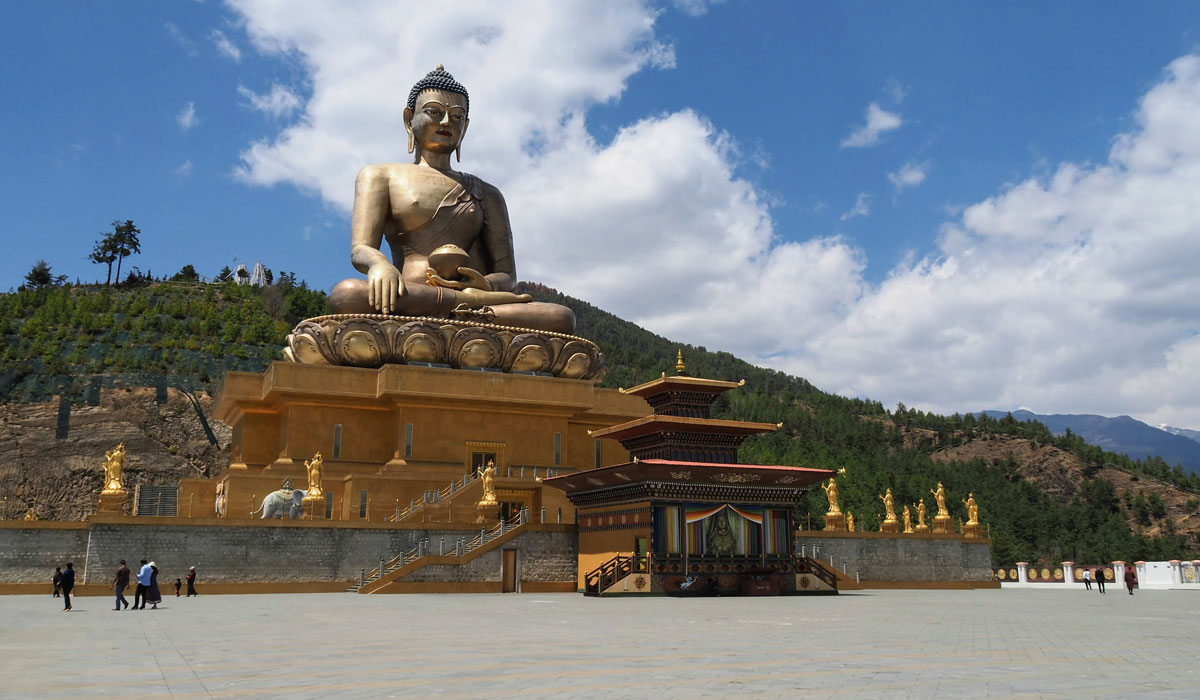
Buddha Dordenma, a massive golden statue in Thimphu, symbolizes peace, offering panoramic views and housing thousands of smaller Buddhas.
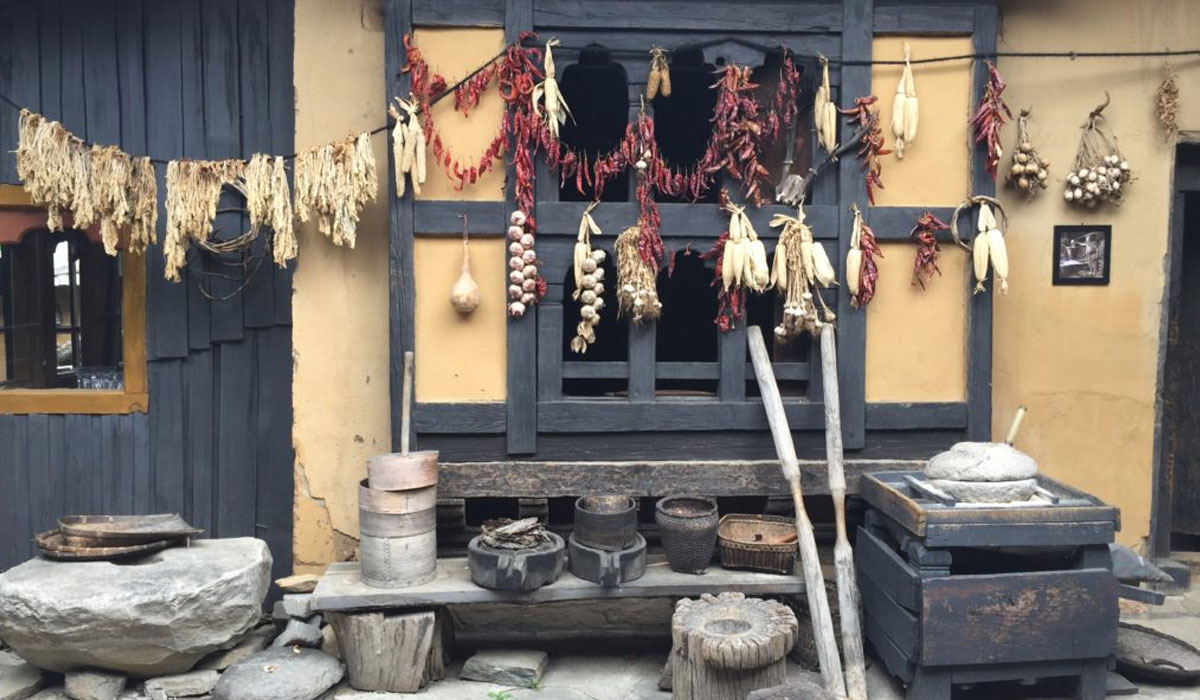
Simply Bhutan is an interactive museum in Thimphu, showcasing Bhutanese culture, traditions, and lifestyles through immersive exhibits and activities.
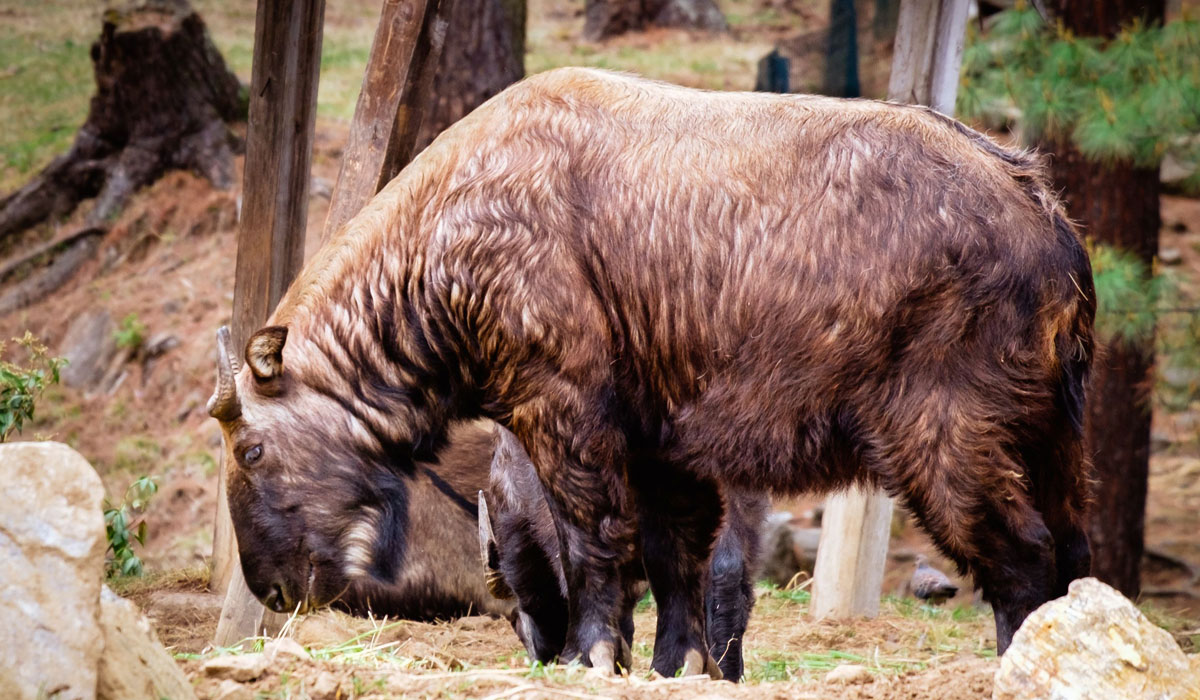
Motithang Takin Preserve, in Thimphu, is a serene sanctuary protecting Bhutan’s national animal, the takin, amidst beautiful natural surroundings.
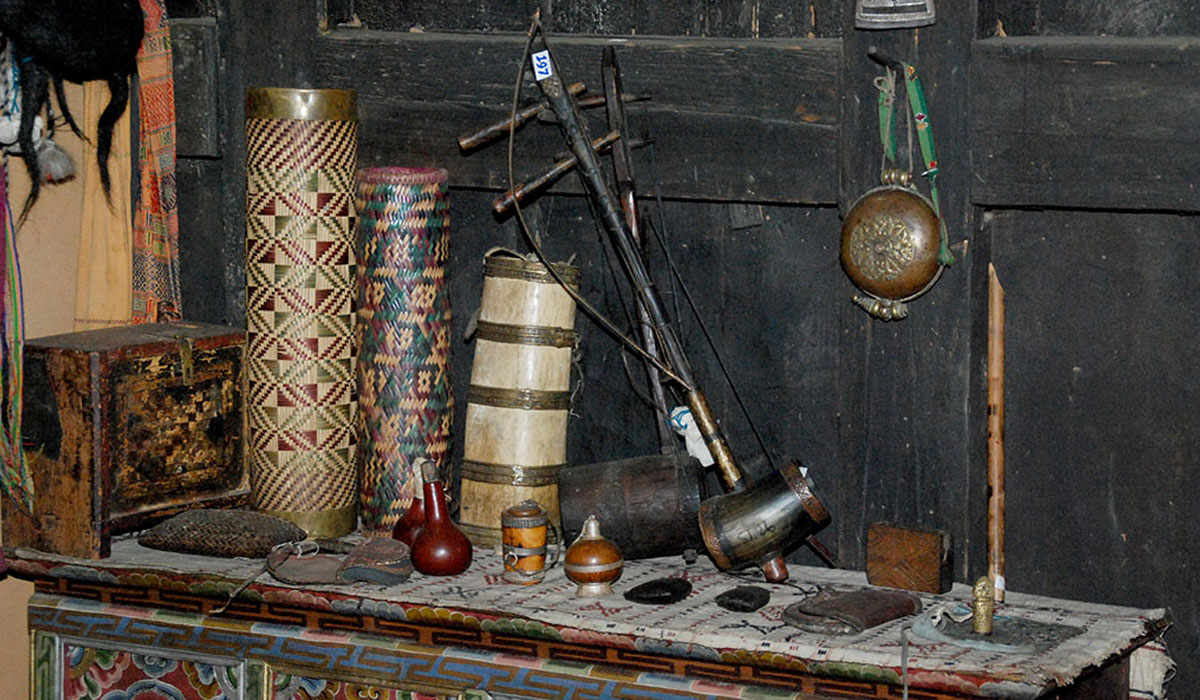
The Folk Heritage Museum in Thimphu preserves Bhutanese culture, showcasing traditional artifacts and exhibits that highlight rural life and heritage.
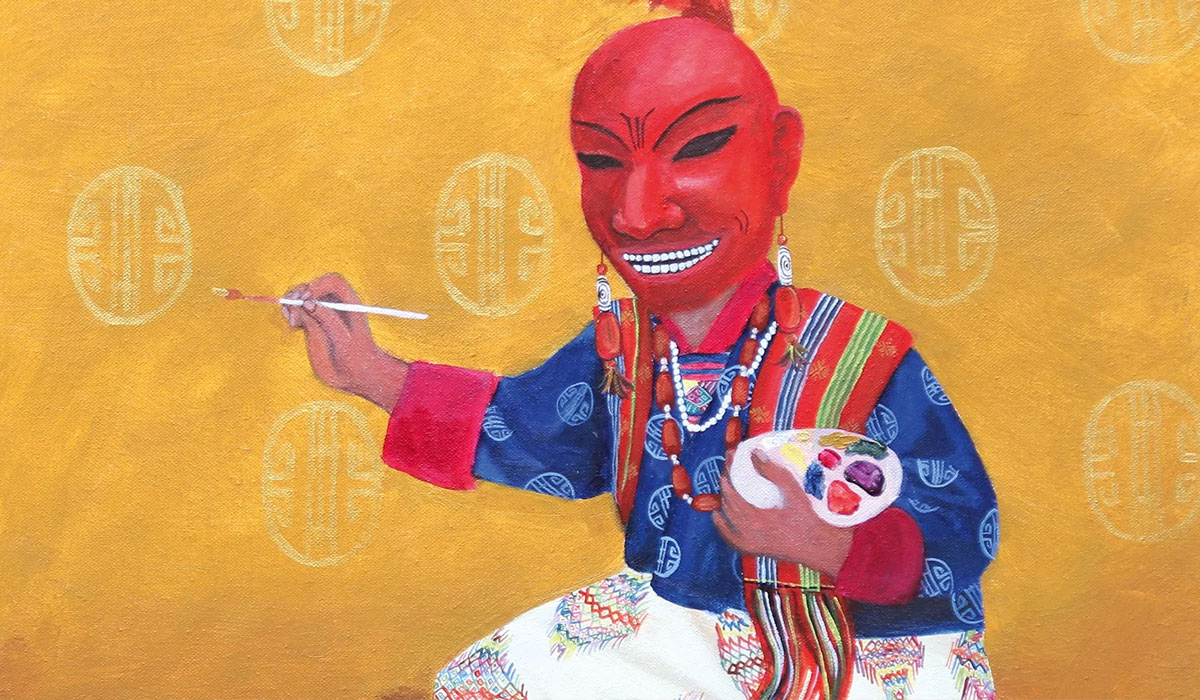
VAST Studio Bhutan, in Thimphu, fosters creative expression, showcasing contemporary art and nurturing young Bhutanese artists through community initiatives.
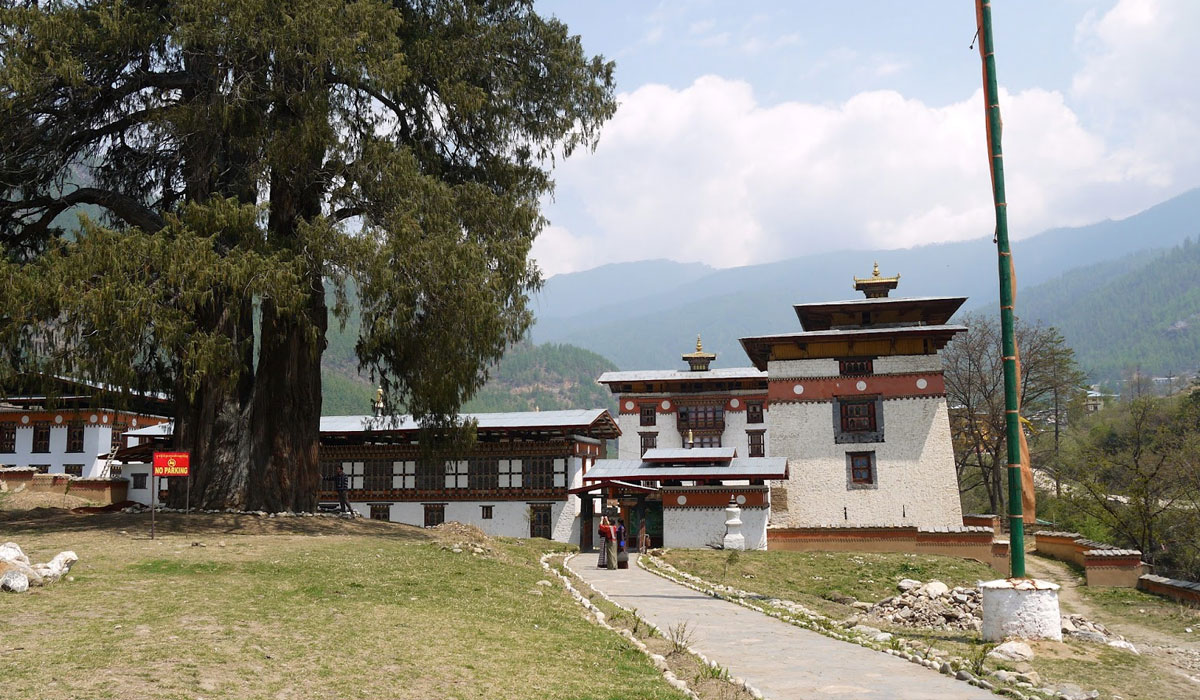
Pangrizampa Monastery in Thimphu, known for its sacred relics, offers a peaceful atmosphere and insight into Bhutanese Buddhist practices.
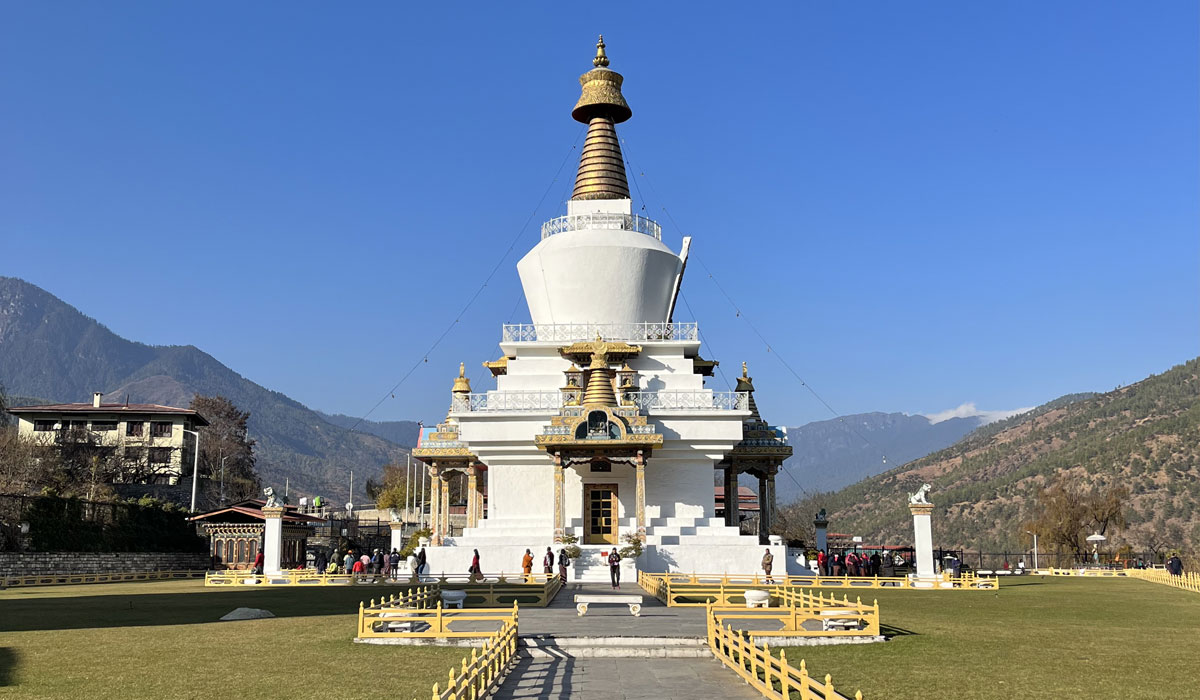
The Memorial Chorten in Thimphu is a revered stupa, honoring Bhutan’s third king, featuring intricate carvings and vibrant prayer flags.
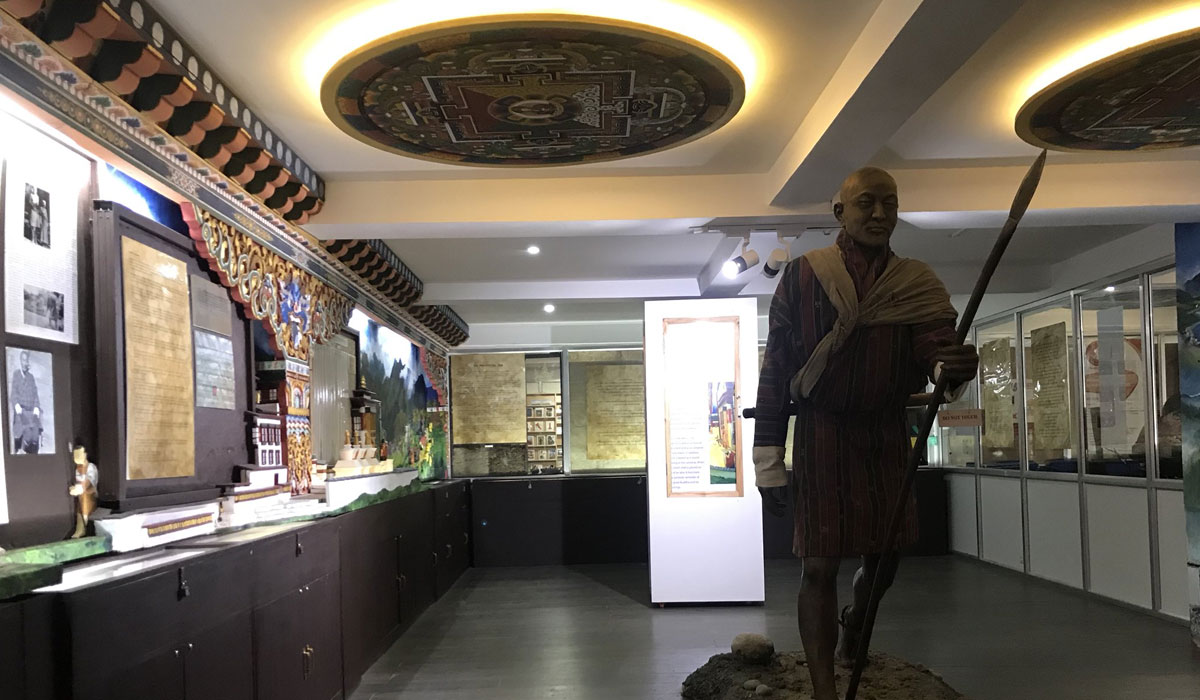
The Bhutan Postal Museum in Thimphu showcases the country’s postal history, featuring stamps, artifacts, and interactive exhibits celebrating communication evolution.

Tashichho Dzong, the seat of Bhutan’s government, features stunning architecture, serene gardens, and serves as a monastic center in Thimphu.
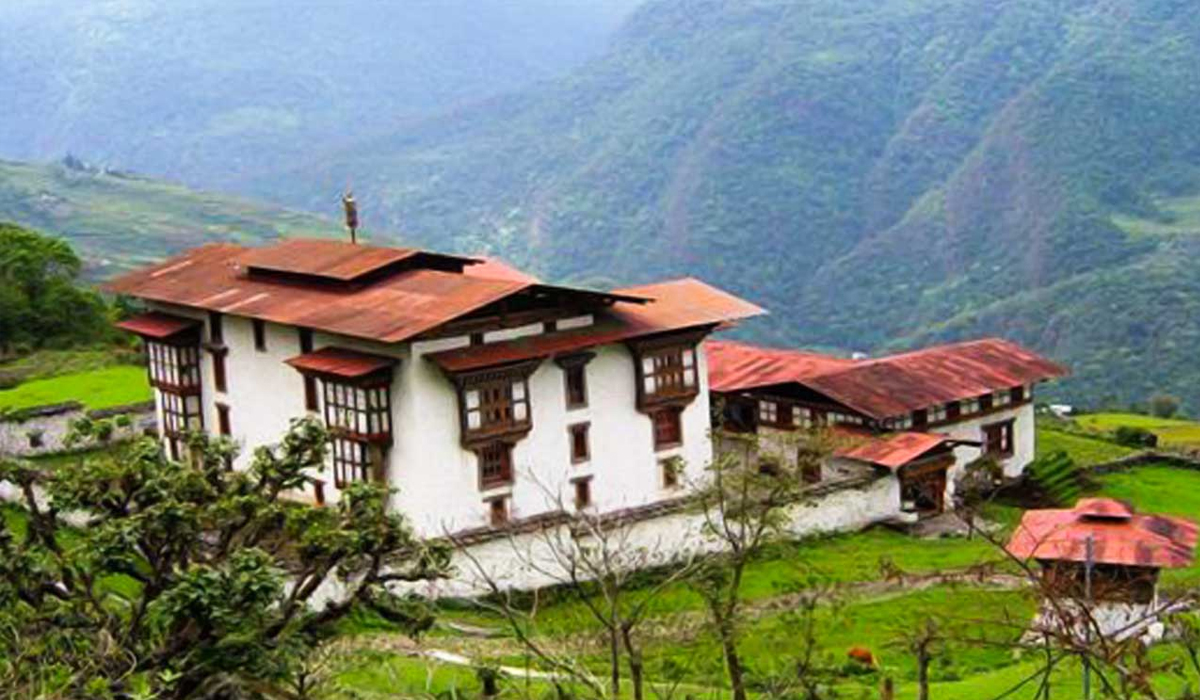
Kuenga Rabten Palace, a royal retreat near Trongsa, showcases traditional Bhutanese architecture and offers stunning views of surrounding landscapes.
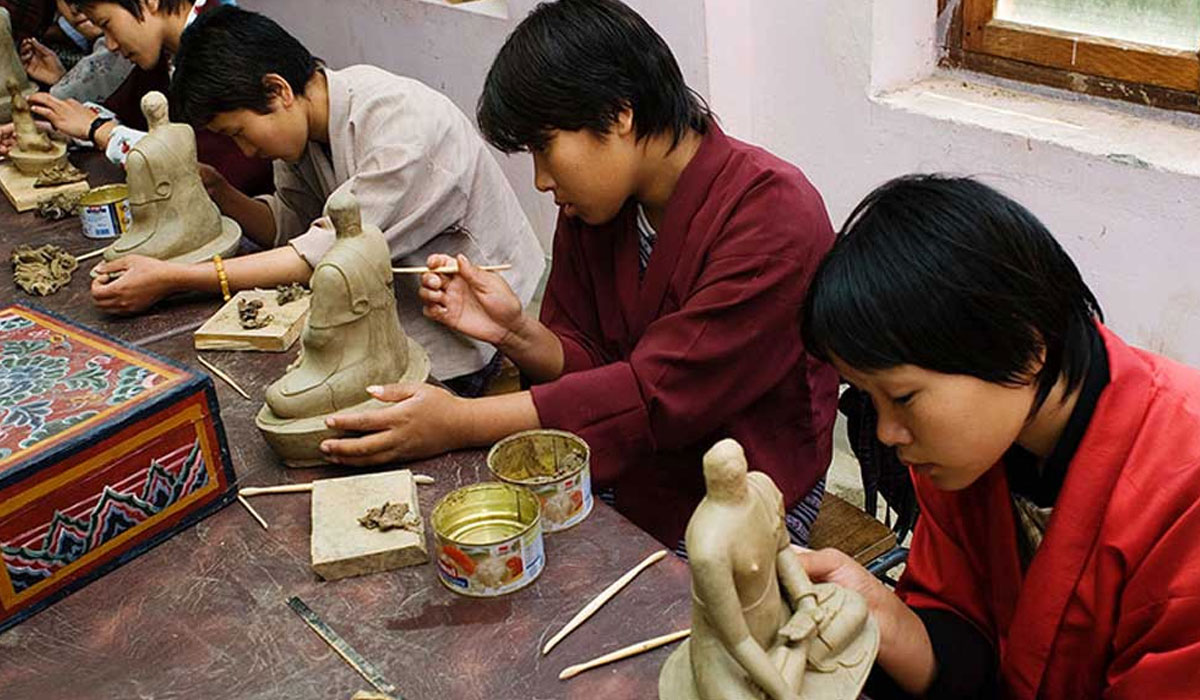
The Institute for Zorig Chusum in Thimphu teaches Bhutanese traditional arts and crafts, preserving cultural heritage and nurturing skilled artisans.
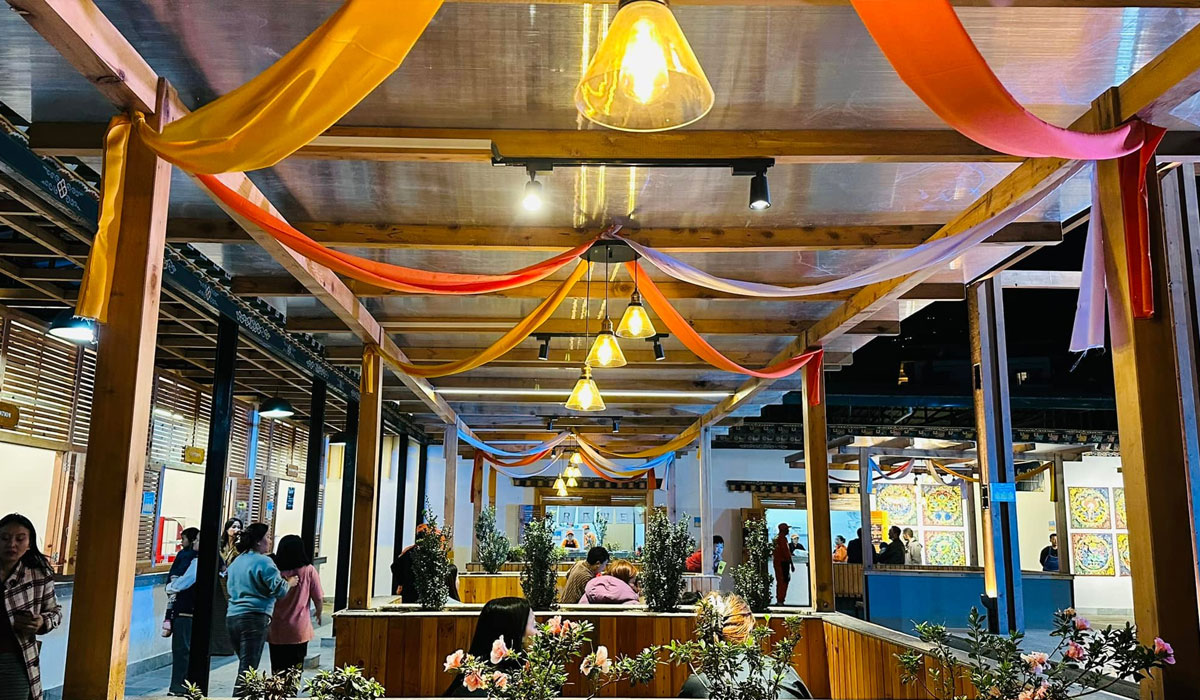
Thimphu Kaja Throm is a lively marketplace, offering local produce, crafts, and delicious street food, showcasing Bhutan’s vibrant culture and community.
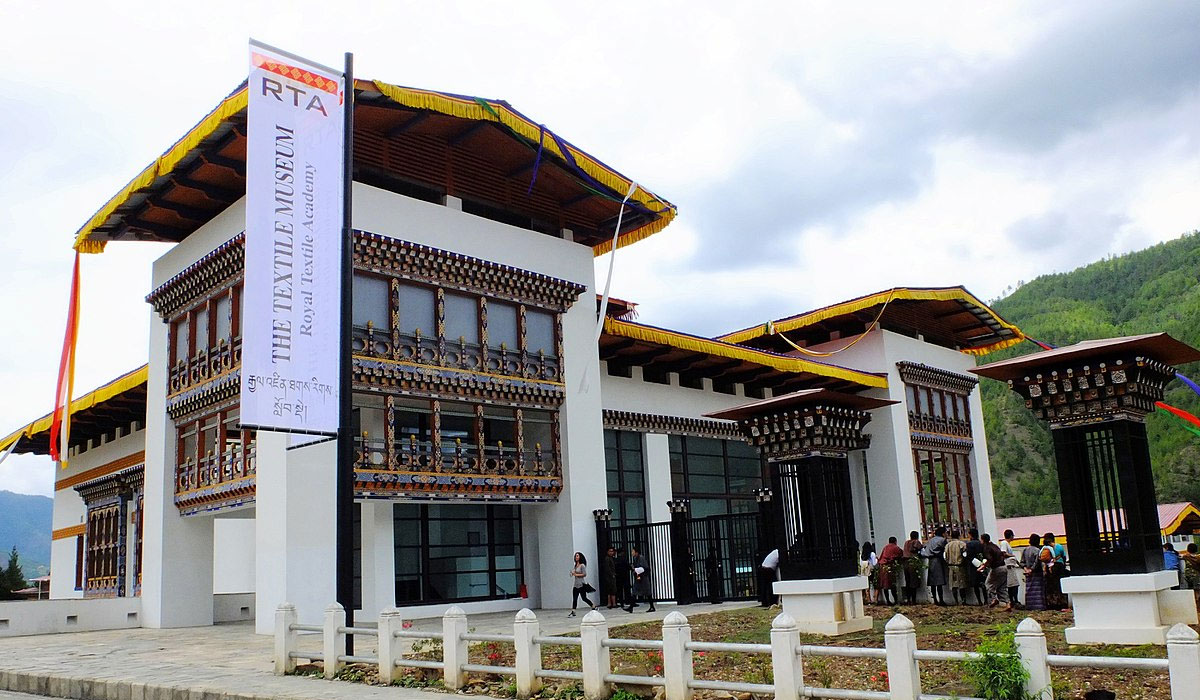
The Royal Textile Academy in Thimphu preserves Bhutan’s textile heritage, showcasing traditional weaving techniques and promoting sustainable cultural practices.
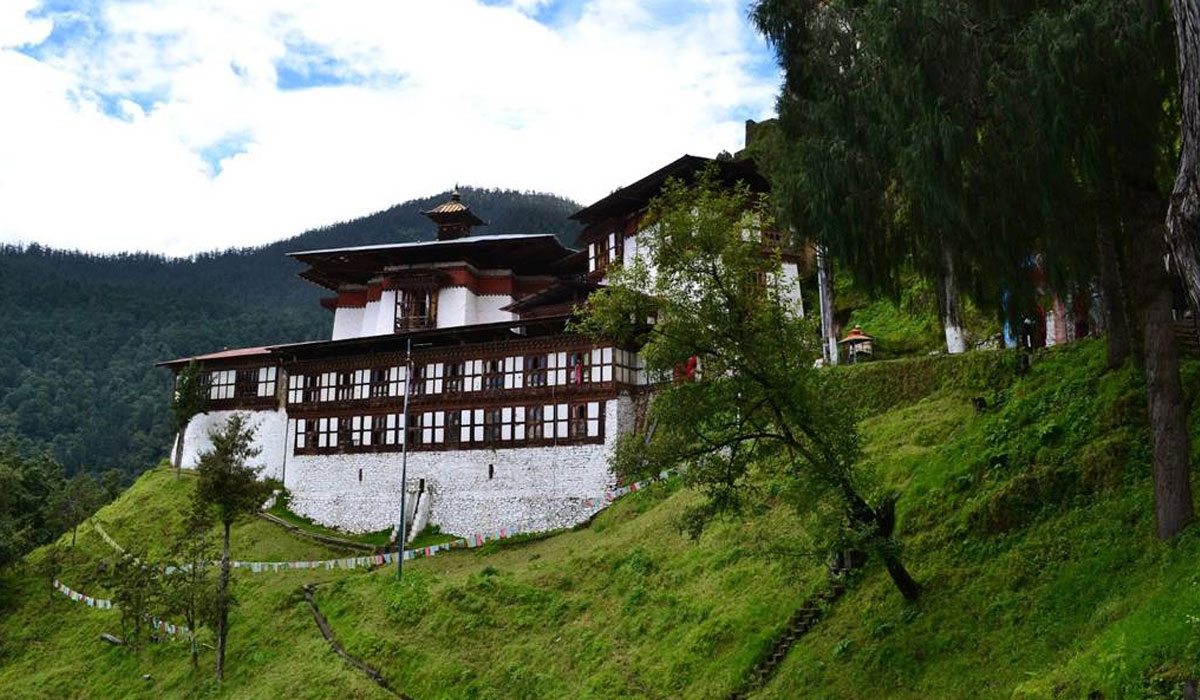
The Cheri Goempa hike near Thimphu offers a peaceful trail through forests, leading to a historic monastery rich in spirituality.
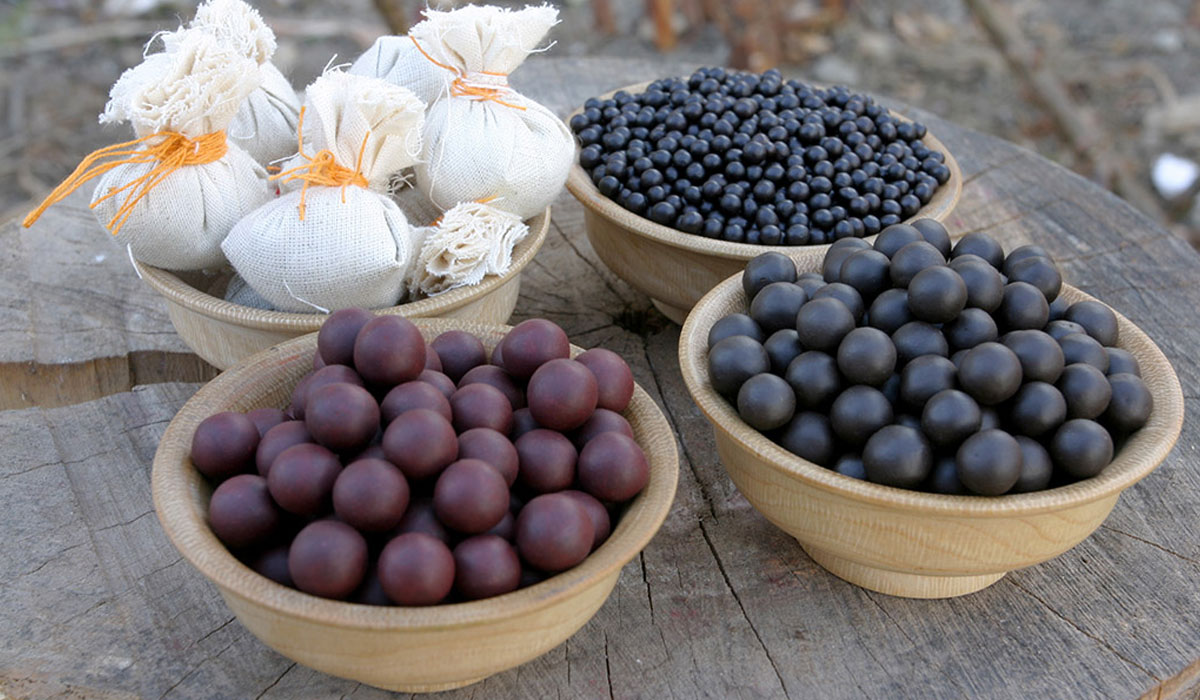
The Institute of Traditional Medicine Services in Thimphu preserves Bhutan’s ancient healing practices, blending herbal remedies with holistic healthcare education.
